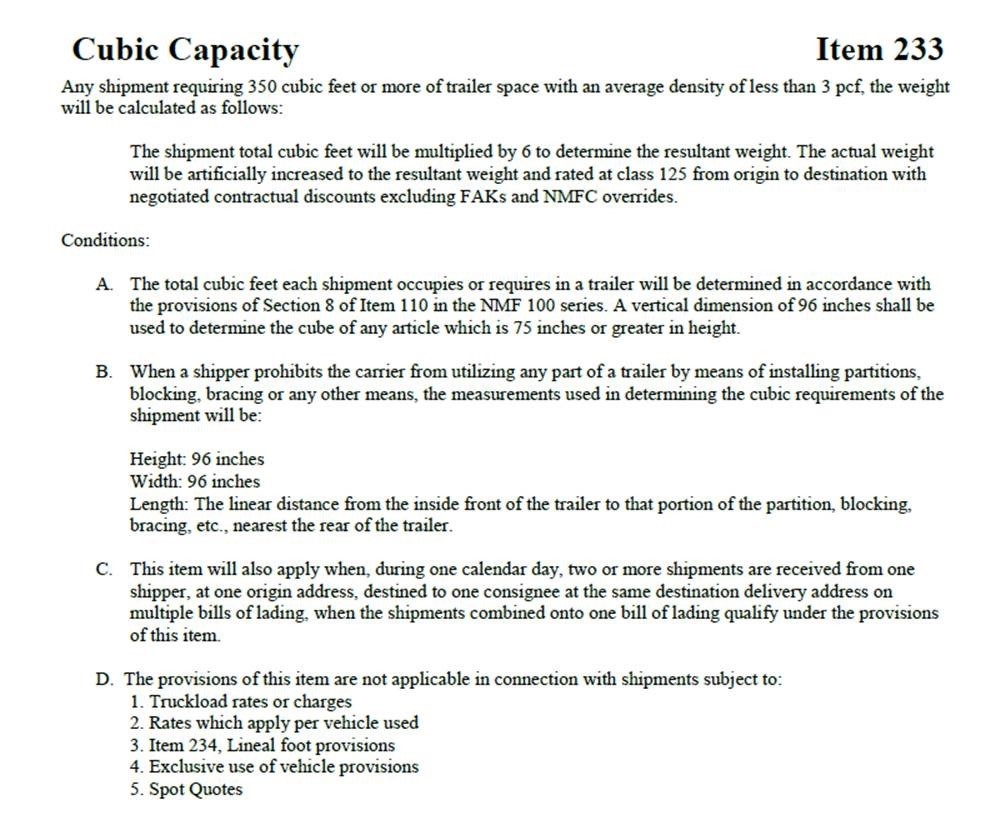Often the most important part of your sales pitch is when you are completely silent. We often rush through all the great benefits of why a customer would buy, without really listening to them tell us what they need and why they might buy from us.
Most people hate mimes. Why do they exist? Are they evil? If a tree falls on a mime does he make a sound? But, silence is the one important sales attribute that mimes demonstrate in abundance. So, on your next sales call, be a mime, at least for part of the call. Silence just may turn out to be the most important piece of the sales puzzle.
Why is it that so many salespeople think they must tell everything they know before allowing the prospect to talk? Why is it that some think the sales process involves a lot of talking when, in reality, the most successful salespeople do more listening than talking? It’s a fact that the more we listen, the more we can learn about our prospects and the easier we can find their “hot buttons.” It’s not what we say that makes the sale, it’s what we can get the prospect to say.
Begin With Questions
Think about how many times you launch right into your presentation thinking you know what the prospect wants. Sometime later, often too much later, you find you’re on the wrong track. The prospect has an entirely different need – one you might have uncovered by asking open-ended questions that required more than a yes or no response. Then you could have focused on what the customer wanted instead of what you had to sell. Stop thinking so much about what you are going to say and concentrate on what the prospect is telling you.
It’s a paradox: the more we try to tell the prospect up front, the more barriers we create to the purchase. However, the more we listen to why he or she wants to buy, the more we can tailor our delivery to providing very specific information concerning how our product or service fits his or her needs.
Ask More Questions
The opening question is merely the first in a series of questions that guide the dialogue. It’s an approach as old as the art of miming. If we want to involve someone – the first step in convincing that person – every comment we make should end with a question that solicits more information. The person asking questions is the person controlling the direction of the dialogue. The one who is talking is providing information that helps the other adjust the direction.
After you ask a question, however, don’t be too anxious to fill the silence. Let the silence work in your favor. Too often we answer the question for the prospect by jumping in and providing him with an objection:
“Perhaps you don’t like the price,” or, “Maybe you don’t like the resources it would involve.”
Beware of the very real temptation to fill in the silence with a product weakness – the one we are most worried about.
Don’t Rush In With Answers
Salespeople have a terrible tendency to try to get their point in as soon as the customer stops talking. Think about how often you find yourself stepping on your prospect’s last words, rushing in right after the prospect has finished making a point.
Salespeople can break themselves of this self-defeating habit by training themselves to wait several seconds after the customer has stopped talking before they begin. That gives you ample time to think about your response and answer in a way that reflects the customer’s concerns.
Get in the habit of paraphrasing what the prospect has said. This will accomplish two things. One, it reduces the likelihood of misunderstanding what was said, and two, it boosts the prospect’s ego. People like to hear their thoughts repeated – it makes them feel like what they said was important.
Learn to Listen
Don’t listen with just with your ears. Listen with your eyes and your entire body. Use body language that shows you are paying more attention, and your listening habits will automatically improve. Lean forward intently, look the prospect in the eye, and focus on the valuable information you are hearing.
And finally, listen for buying signals. You’ll never notice a buying signal from the customer when you’re doing the talking. Sure, we want to talk so the prospect will learn how smart we are. But the prospect only really knows how smart we are when we’ve “listened” to the information he or she wants to share.


